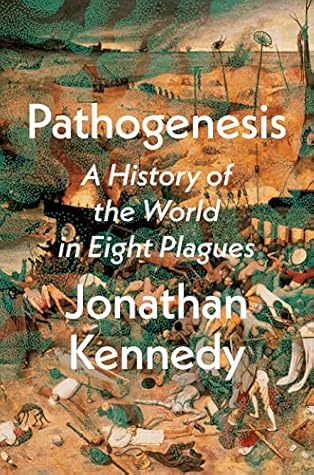When scientists looked at the calcified plaque of a 48,000-year-old Neanderthal’s teeth, they found the DNA of a strain of archaea called Methanobrevibacter oralis that is present in the mouths of humans today and is associated with gum disease.[56] After comparing the Neanderthal sample with a modern strain, it became clear that the microbes’ last common ancestor lived about 120,000 years ago. As that is several hundred thousand years after Neanderthals and Homo sapiens diverged, the germ must have been transmitted between the two species. The most likely way this happened was through kissing
...more
Welcome back. Just a moment while we sign you in to your Goodreads account.


